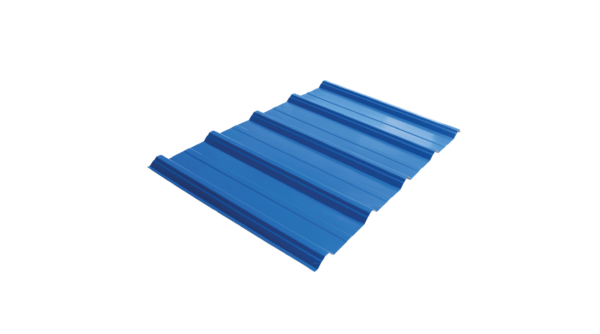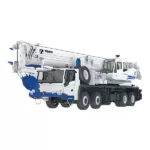Optimising energy efficiency, structural integrity, and cost-effectiveness in construction are paramount. Building insulation, C channel in Malaysia, and sheet metal are crucial in achieving these goals. In this article, we will explore the significance of each component and how they work together to create a well-insulated and durable structure.
1. Building Insulation
Building insulation is the cornerstone of energy-efficient construction. It primarily regulates temperature, moisture, and sound within a building. Several types of insulation materials are available, such as fibreglass, foam boards, and cellulose, each with unique advantages.
Insulation helps conserve energy by reducing heat transfer. In colder climates, it retains heat indoors; in warmer regions, it keeps the interior cool. This not only provides comfort for the occupants but also lowers energy bills. Moreover, insulation helps in minimising environmental impact, making buildings more sustainable.
2. C Channel in Malaysia
The c channel, a critical structural component in construction, supports and stabilises buildings. It is even more crucial in Malaysia, where extreme weather conditions like heavy rains and strong winds are expected. C channels in Malaysia are often used for framing, support structures, and building facades.
C channels are made from sheet metal, which is bent into the shape of a ‘C’. These channels distribute the weight of the building evenly, preventing sagging or collapsing. They also play a vital role in ensuring the structural integrity of a building, especially in high-rise constructions.
3. Sheet Metal
Sheet metal is a versatile material used in various construction applications. It is typically made of steel, aluminium, or copper and can be fabricated into numerous shapes and sizes, including C channels. Sheet metal’s flexibility and durability make it ideal for withstanding the harsh weather conditions in Malaysia.
Sheet metal is used for roofing, cladding, and as an essential part of C channel construction. It provides protection against water and environmental damage, ensuring a longer lifespan for the building. Additionally, sheet metal can be painted or coated to enhance its aesthetic appeal, making it suitable for various architectural styles.
How These Components Work Together
The synergy between building insulation, C channel in Malaysia, and sheet metal is crucial for creating a well-rounded and efficient structure. Here’s how they work in harmony:
1. Thermal Efficiency
Building insulation ensures the indoor temperature is well-regulated, while C channel and sheet metal provide structural support and protection. This combination helps maintain a comfortable environment inside the building.
2. Energy Savings
Proper insulation, when used with sheet metal and C channels, reduces the energy consumption needed for heating or cooling. This leads to significant energy savings in the long run.
3. Durability
C channel and sheet metal protect the building from adverse weather conditions, enhancing its durability. In Malaysia, where heavy rainfall and humidity are expected, these components prevent corrosion and degradation.
4. Cost-Effectiveness
The integration of these components results in a cost-effective construction process. Lower energy bills, reduced maintenance costs, and longer building lifespans make it an economically viable choice.
In conclusion, building insulation, C channel in Malaysia, and sheet metal are integral elements of modern construction, working together to create efficient, cost-effective, and durable structures. By combining suitable materials and techniques, builders can ensure their projects’ longevity and energy efficiency, even in challenging climates like Malaysia.







